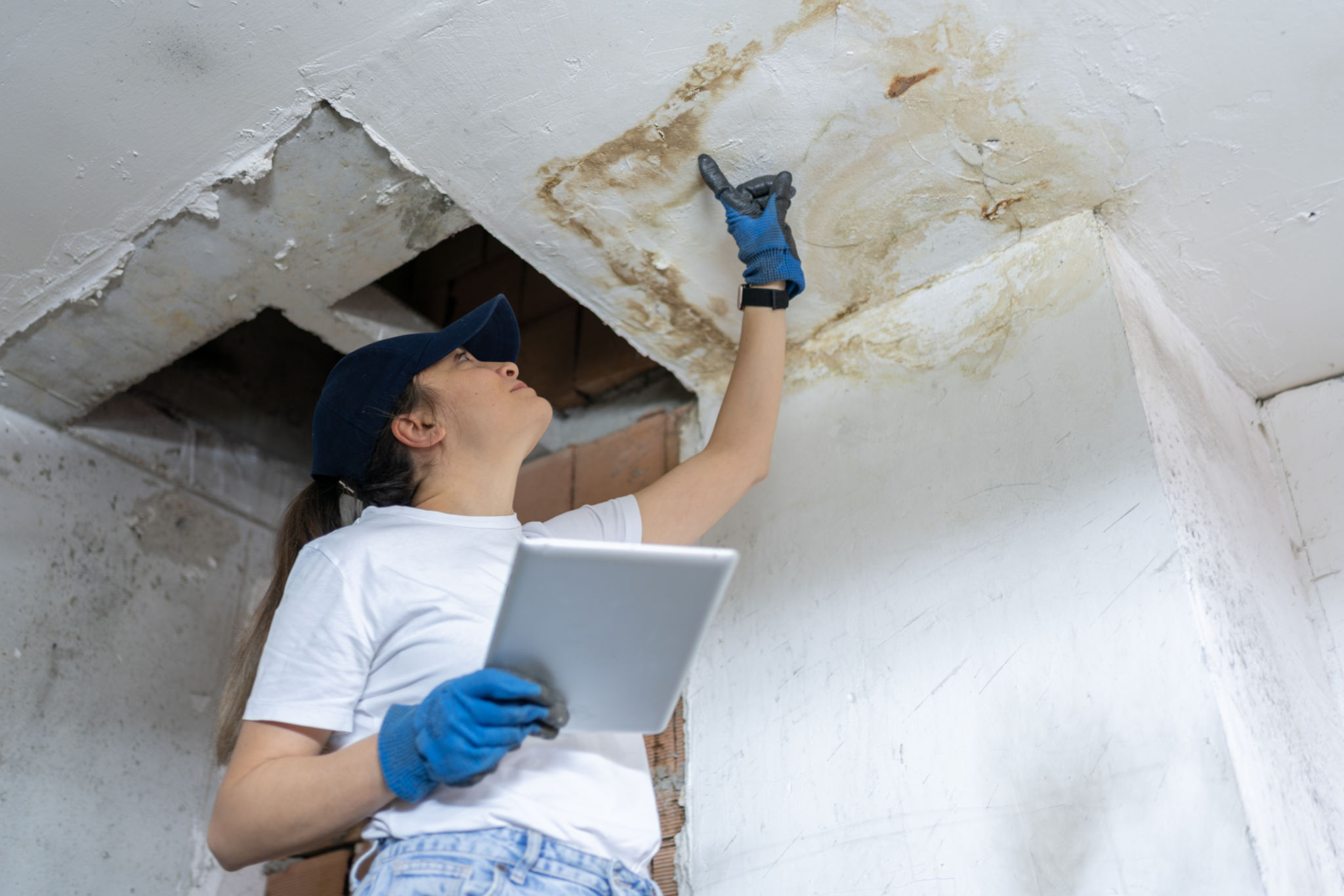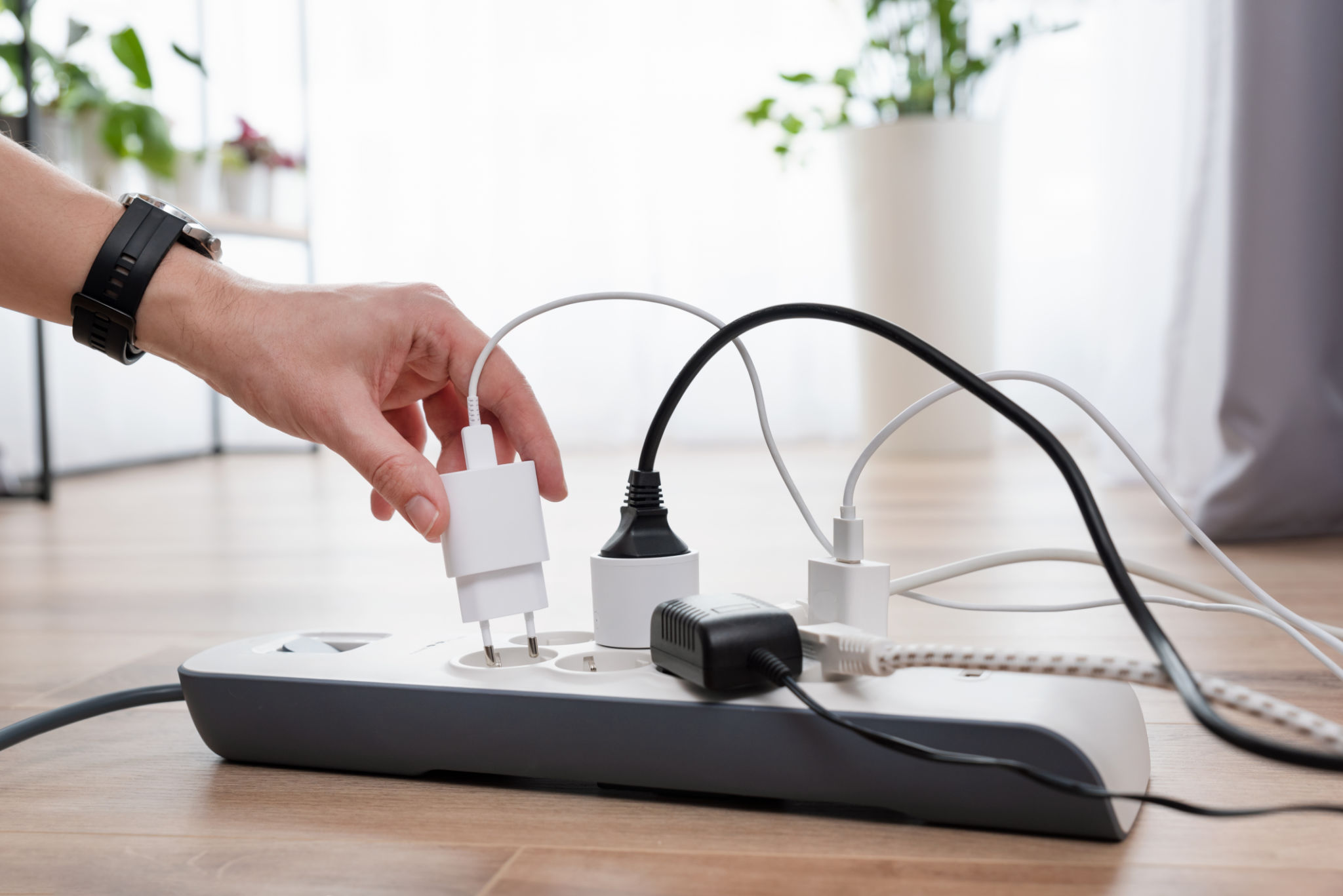5 Common Myths About Electrical Repairs Debunked
AG
Introduction
Electrical repairs are often surrounded by myths and misconceptions, leading many homeowners to make decisions based on incorrect information. Understanding the truth behind these myths can help you make informed choices and ensure the safety and efficiency of your electrical systems.
Myth #1: All Electrical Repairs Are Dangerous
One of the most common myths is that all electrical repairs are inherently dangerous. While it's true that electricity can be hazardous, the danger is significantly minimized when proper precautions and safety measures are taken. Hiring a licensed electrician ensures that repairs are conducted safely and according to code, reducing risks.
It's crucial to understand that not every electrical repair poses a significant danger, especially when handled by professionals. Homeowners should focus on recognizing when to call an expert rather than attempting DIY solutions that might compromise safety.

Myth #2: DIY Electrical Repairs Save Money
Many people believe that tackling electrical repairs themselves can save money. However, without the necessary expertise, DIY repairs can lead to costly mistakes and even more significant issues down the line. Incorrect installations or repairs can cause damage to your home’s wiring, leading to expensive professional interventions.
In some cases, attempting repairs without proper knowledge can void warranties or violate insurance policies, ultimately costing more than hiring a professional in the first place. It's always best to weigh the potential risks and expenses before deciding on a DIY approach.
Myth #3: New Homes Don’t Need Electrical Inspections
Another myth is that new homes don’t require electrical inspections under the assumption that everything is up to code and functioning perfectly. However, even new constructions can have electrical issues stemming from faulty installations or overlooked details during construction.

Regular inspections are essential to identify any potential problems early on, ensuring your electrical systems operate safely and efficiently. Scheduling periodic inspections, regardless of your home's age, is a proactive step in maintaining a safe living environment.
Myth #4: Power Strips Are Safe for All Devices
Power strips are commonly used in homes and offices, leading to the belief that they are safe for all devices. However, not all power strips are created equal. Overloading a power strip can cause electrical fires, especially if it’s being used for high-demand appliances like refrigerators or microwaves.
It's important to use power strips with surge protection for sensitive electronics and to ensure they are not overloaded. Understanding the power demands of your devices and using appropriate outlets for high-wattage appliances can prevent potential hazards.

Myth #5: Flickering Lights Are Harmless
Flickering lights are often dismissed as minor inconveniences or harmless quirks. However, they can be indicative of underlying electrical problems such as loose wiring or overloaded circuits. Ignoring these signs can lead to more severe issues over time, including electrical fires.
Addressing flickering lights promptly by consulting an electrician can prevent more extensive damage and ensure that your electrical system functions correctly.
Conclusion
Debunking these common myths about electrical repairs is crucial for maintaining a safe and efficient home. By understanding the realities of electrical work and recognizing when professional intervention is necessary, homeowners can protect their homes and loved ones from potential electrical hazards.